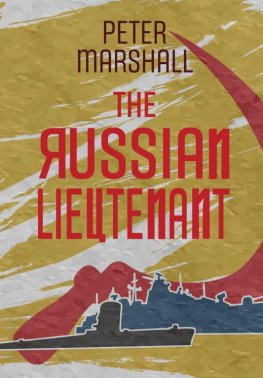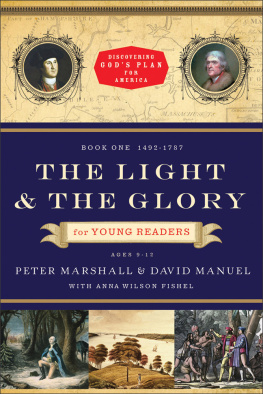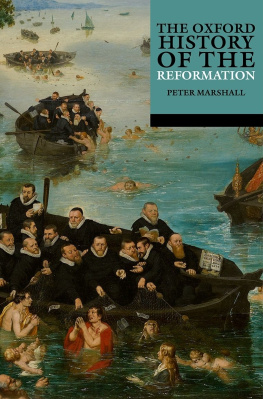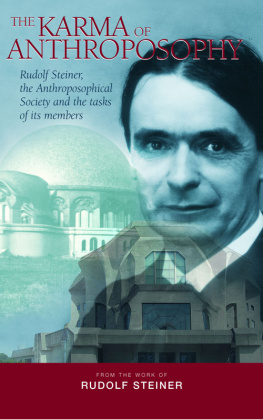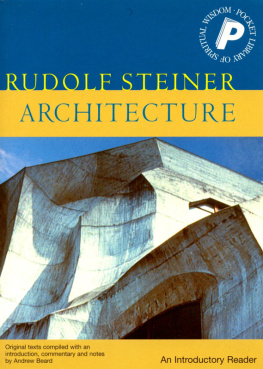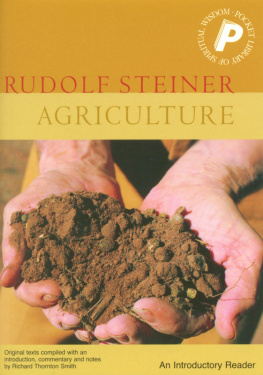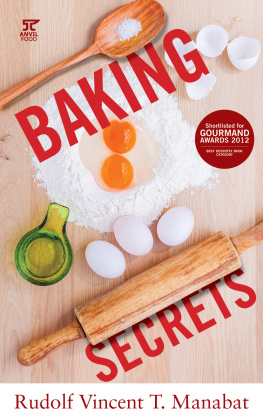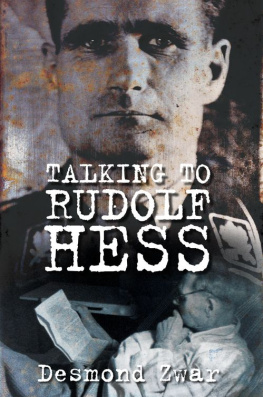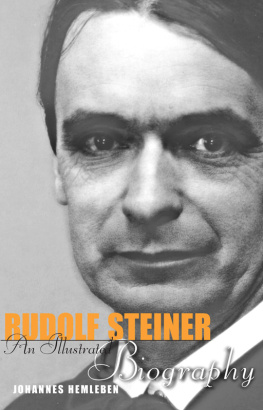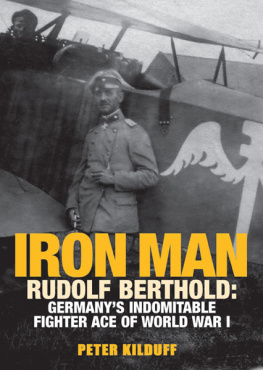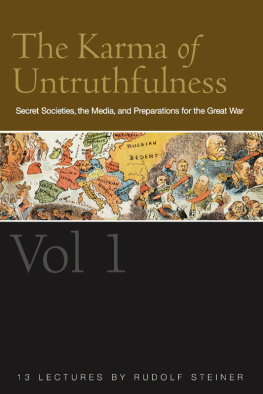
FOR
Elizabeth
Contents

Rudolf II, the Holy Roman Emperor, paced agitatedly up and down the long corridor of his Kunstkammer, his Chamber of Art, in the cold and draughty castle on Hrad hill overlooking Prague. He was dressed as usual in black, in the style of the Spanish court. He was in his own theatrum mundi, his theatre of the world, designed for his personal pleasure and enlightenment. Since he never travelled, he made the world come to him. Few were privileged enough to be invited into his inner sanctum. The paintings were not hung on the walls but placed upright on the floor, on a bench or a plinth. The ceiling too was covered with canvases, mostly in the Mannerist style of the late Renaissance. Chests of drawers were stuffed with rare manuscripts, priceless works of art and bizarre objects from all over the known world.

The Feast of the Rosary (1505) by Albrecht Drer, brought from Venice and over the Alps by Rudolfs agents. Kneeling on the right is Rudolfs great-great-grandfather Maximilian I
The year was 1606, towards the end of Rudolfs reign. At fifty-four, he was prematurely aged, his eyes rheumy and hooded and his receding hair and sparse beard flecked with grey. His long nose, thick lower lip and jutting jaw betrayed his Habsburg lineage. Years of sensual living, with an excess of food, wine and women combined with a lack of exercise, had left his body soft and fleshy.
We can imagine him walking through his gallery without a glance at the most impressive art collection in Europe. He might have paused briefly in front of an empty space and shaken his head, and then, with a determined step, marched along the dark corridors until he reached the Old Royal Palace. From there he would have had a grand view of the red-tiled roofs of the splendid mansions of the Mal Strana (Lesser Town) under the castle walls and then across the wide River Vltava he would have seen the spires and steeples of the Old Town. Clearly visible below was the solid stone bridge, built in 1357 by his illustrious ancestor Charles IV.
And then the long-expected cavalcade appeared. Guards brandishing halberds strode out in front clearing the way and others brought up the rear. In the middle of the throng were four powerful young men, carrying a large, flat, rectangular packing case suspended from a long rod. Inside the waxed canvas was a painting. Rudolf had been waiting for it impatiently for months and had coveted it for years. Its name was The Feast of the Rosary.
The German community in Venice had commissioned Albrecht Drer a hundred years earlier to paint it as a panel for the altar of their church of San Bartolomeo near the Fondaco dei Tedeschi. The painting had been carried with immense care in a vertical position, passed from hand to hand in a relay throughout the long and arduous journey from Venice over the Alps to Prague Castle. Rudolfs agents had only managed to acquire the painting after lengthy and complicated negotiations. Before it was released from the Church of San Bartolomeo, they had to pay 900 ducats (nine times the original price) as well as to commission a new altarpiece by the German painter Hans Rottenhammer who was living in Venice at the time.
Rudolf knew of the painting through his great-great-grandfather, Emperor Maximilian I, who had been Drers generous patron and was one of the central figures in The Feast of the Rosary. Rudolf had it brought immediately into his Kunstkammer. After his court artists had unpacked the monumental painting, first removing the canvas, then the soft carpets and finally the cotton wool, it was placed in the most favourable position to catch the northern light. At such moments, Rudolf liked to be left alone. After all those months of anxious waiting and trepidation, he had at last in his exclusive possession the fabled work of art by one of his favourite artists.
It depicted the Madonna as a stunning Renaissance beauty. She is wearing a flowing blue robe, and is crowning, with a garland of roses, Rudolfs great-great-grandfather, the kneeling Emperor Maximilian. The naked baby Jesus in her lap offers a similar garland to the Pope, probably Julian II. St Dominic gives out the garlands and crowns a bishop. Drer had painted himself into the retinue as a long-haired and bearded figure leaning against a tree, the only figure turning his gaze to the spectator. A vellum held in his hand gives his name, to which he added Germanus to distinguish himself from other Venetian painters, along with the time he took to paint the work five months. The complex allegory symbolises the divine blessing on Church and King, a theme close to Rudolfs heart, as he still cherished the vision of absolute monarchy despite the growing democratic demands of the Reformation and individualism of the Renaissance.
Rudolfs men had fortunately not stumbled in their journey over the Alps. Unknown to them, they had carried all those miles a great masterpiece which not only marked a turning point in Drers development but was to earn a prominent place in the history of European art.
As was his wont, Rudolf spent hours alone with his beloved painting. The contemplation of art was one of the few remaining pleasures in his troubled life. But it was only a temporary calm before a gathering storm a storm which would ruin his life and then tear apart his empire in the ensuing Thirty Years War.
Thanks to the Holy Roman Emperor Rudolf II (15521612), Dominus Mundi, King of Bohemia, Hungary, Germany and the Romans, a remarkable and unparalleled meeting of minds took place in Prague at the end of the European Renaissance. The seat of his power was Prague Castle, at the centre of Bohemia, at the centre of Europe, at the centre of the known world. Here he established a magic circle into which he invited some of the most creative, original and subversive minds of the day.
Rudolfs English contemporary Francis Bacon, a pioneer of the modern scientific method, wrote in his Religious Meditations (1597) that knowledge is power. But it was not political influence that Rudolf sought he was already the most powerful man in Christendom but rather power over nature, and power over life and death. Like Christopher Marlowes Faust, he was prepared to risk his soul in his headlong search to understand the deepest secrets of nature and the riddle of existence. Exposed, moreover, like Hamlet to the new humanist learning, Rudolf questioned the old certainties, saw both sides of any question, and found it difficult to decide and to act.
More than any other contemporary monarch, Rudolf exemplifies the Renaissance drive to obtain power through knowledge, both in its positive and negative aspects. Ready to believe almost anything, however fanciful and absurd, he became obsessed by the alchemists dream of discovering the Philosophers Stone which would allegedly turn base metal into gold and prolong life indefinitely. He was seduced by the astrologers promise to understand and predict the influence of heavenly bodies on human character and worldly affairs. He was captivated by the practitioners of natural magic who were pushing back the frontiers of science and claimed to be able to manipulate the hidden forces of nature. And when alchemy, astrology and magic failed, he was increasingly drawn to use the black arts of sorcery and necromancy to achieve his ends.
Next page

